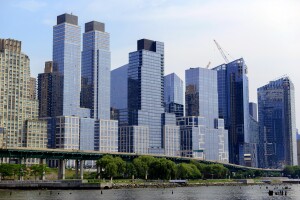9 December 2025
Has the UK office market’s flight to quality finally eased?
The much-discussed flight-to-quality trend has finally eased after net absorption turned positive for non-prime UK offices, defined as offices rated 4 stars or below by CoStar’s rating system. Preliminary results for 2025 suggest that the demand losses incurred in poorer-quality spaces may have turned into demand gains for the first time since before the COVID-19 pandemic, driven by improving demand and a growing shortage of premium-quality supply.



















